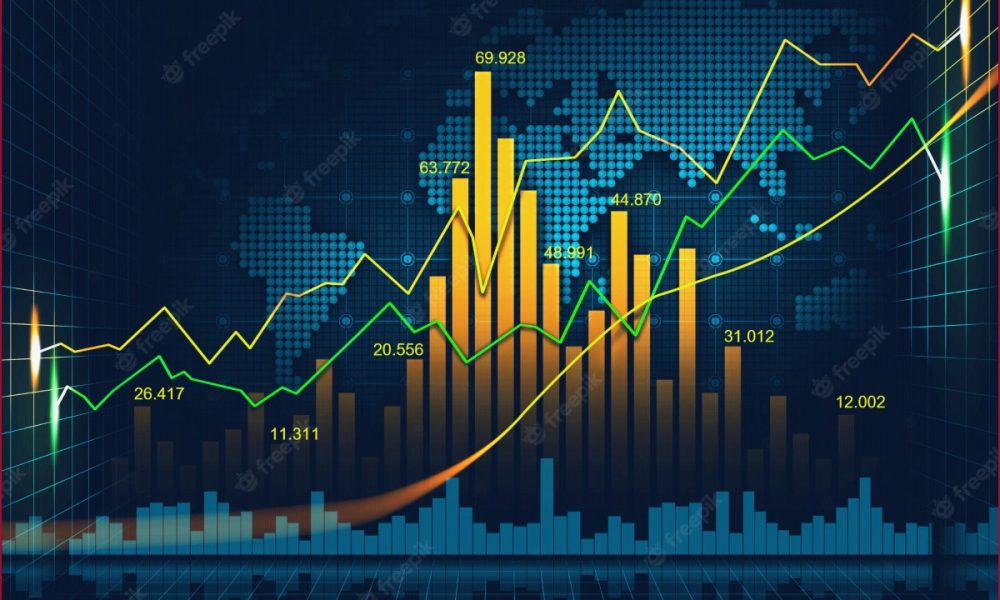The Best Contract for Difference (CFD) Markets to Trade
The price for CFDs is obtained from underlying financial assets. These include CFD markets, stock indices, bonds, currency pairs, equities as well as commodities. CFD traders are able to hypothesise on the movement of prices in the asset without buying, selling the underlying asset.
Financial organisations used CFDs in the past to supplement flexibility when they traded individual stocks. Institutions were able to sell them on individual equities when they needed to cover a long position on existing stock.
This allowed them to protect themselves against a declining market while avoiding the expenses of selling their underlying position. Hence, CFD trading was the perfect investment for an institution that needed an inexpensive way of contemplating and managing risk.
Contemporary CDF trading is made possible for the retail market. Your account allows you to access a wide range of financial instruments that include international equities and forex among others.
Where Does a New Trader Begin?
Oftentimes, having a wide range of choices brings about confusion. Any rookie CFD trader will almost always want to know the best markets to trade on. A trader with years of experience will tell you to go with the one that you know the most about.
Once you begin your trading journey, you will learn a lot about markets you knew nothing about. However, it is always best to begin with the familiar. Here is a list of the markets available for CFD trading. There should be one or more that could be your niche market.
- Stock indices
- Commodities
- Currencies
- Global equities
Once you have identified a market, consider the following factors:
- Short-term day trading
- Longer-term trading
- Cost of trading one market in comparison with another due to spread and margin requirements
Short-Term Day Trading
Some traders swear by short-term day trading which means entering and exiting trades in a single day. This ensures that the trader does not incur extra costs. In addition, there is the anxiety that comes with holding a position until the following day.
There are, in fact, a number of day traders who prefer to run a position for only a few hours or even minutes. Short-term day trading allows you to trade frequently and make decisions when they deem a market to be oversold or overbought. Then they figure they can make a profit.
Traders also are also constantly on the lookout for short-term trading opportunities in the CFD markets. The risk vs reward ratio in day trading is tight. You can risk $100 to make the same amount. If you want to learn more about that, click here.
Long-Term Trading
Investors who opt for long-term trading are looking to get huge returns. The plan may be to earn even up to five times or more their initial investment. Day trading involves high-frequency trades as well as narrow risk to reward ration.
As a result, it is imperative that you install an airtight risk management strategy. This is not the type of trading you want if cannot check on your positions constantly during the trading session.
Day traders must be very careful about choosing their entry and stop levels. Additionally, they must be okay with suffering small losses. As a day trader, having a profit target for every trade is very important. Consult the right brokers in UK to get expert advice.
You must also be ready to use tight stops to prevent loss of money should a market leave its short-term trading window. In other words, day trading requires you to be present throughout the duration of trade. Also, you cannot afford to wing it.
Conclusion
There is no specific market that can be said to be the best of all. The best you can do is to go for a market that you are familiar with. Then, you can learn about other markets as you go along and spread your money out to them.
What matters most is the strategy you employ as well as your availability to monitor your trading position.




